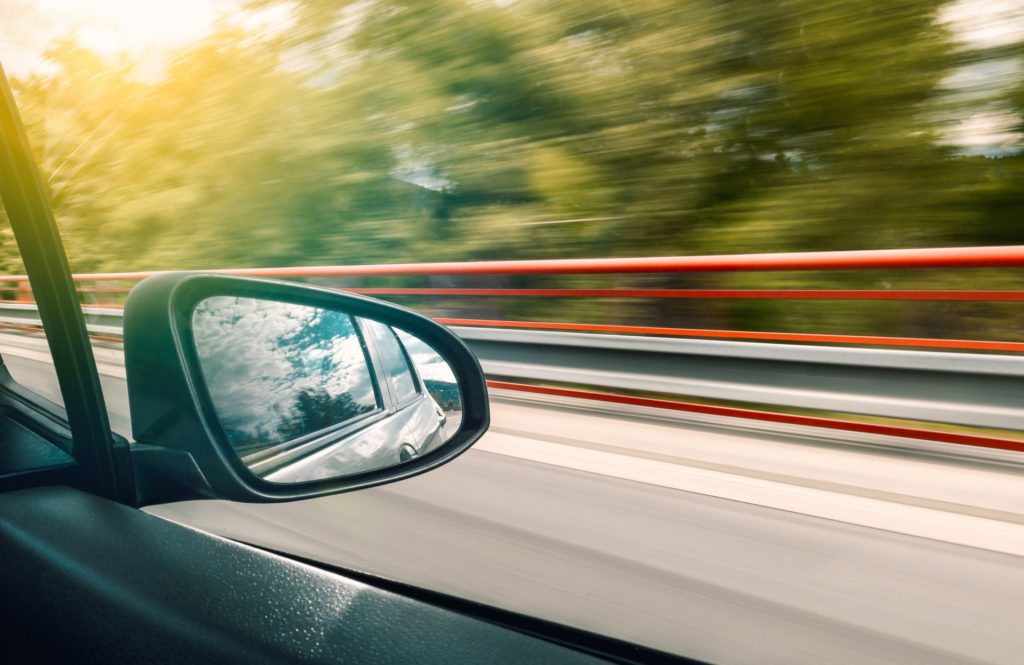
Panic attacks are scary enough as it is, but when a panic attack while driving occurs, it can intensify the duration and severity of the attack. If you have a history of panic attacks, it’s important that you prepare for the possibility of a panic attack striking when you’re on the road. Some people can feel an attack coming on, while for others these attacks are instant and occur sporadically. The good news is that most people can learn how to drive safely and easily manage an attack when it occurs, with the help of therapy and medication.
Unpredictable Panic Attacks
A panic attack can strike in any situation, even if you’re not under any stress. For some people, what triggers a panic attack can remain a mystery. Even though driving in itself can cause a lot of fear and tension, sometimes a panic attack that hits when you’re driving can have nothing to do with the dangers of driving or the stress that comes with it. It can actually be caused by other events and triggers that happened earlier in the day, such as attending a party or giving a speech.
If you’d like to learn more tips on how you can handle your anxiety more effectively in social settings, click here to read our article on overcoming social anxiety.
PTSD and Phobias
Some people can develop PTSD as a result of a past severe car accident, or they may have an unexplainable driving phobia. In cases such as these, appropriate therapy and medication may be necessary in order to better manage your condition.
Panic Attack Associations

It’s also important to mention that panic attacks are usually prone to associations. If you have an attack when you’re driving and there’s no apparent reason, you can become more prone to future attacks when you’re driving because this type of environment tends to naturally increase a person’s anxiety level.
A panic attack is usually associated with an environment or an event. An attack is usually triggered by discomfort, stress, and tension, three things that are very common in the car. Awkward sitting positions and seatbelts have a tendency to add to the problem. Slightly loosening up your seatbelt, providing your body with more space to move can help to reduce the severity of an attack.
Additionally, difficulty breathing can also trigger an attack, especially if you’re prone to hyperventilating. When driving, it’s not uncommon for a person to breathe faster, or hold their breath, both of which can lead to a panic attack. When you’re driving, try to focus on taking deep breaths and slowing down your breathing. Inhale for four seconds, hold it for another four seconds, then slowly breathe out for five seconds. This will help you regain your Co2. Breathing freely in this way can help you get a grip on your anxiety.
Talking it Out
If you have a passenger in your vehicle, talk to them if you begin to feel your anxiety level rising. Talking it out and explaining that you have a panic disorder can also be very calming. Overthinking your anxiety and the inevitable panic attack you feel coming can increase your anxiety level. Unfortunately, most people are embarrassed about their history of panic attacks and tend to withdraw once they feel one coming on.
While talking to your passenger about your anxiety can really help, even if it feels a little awkward, it’s much better than keeping it all inside and feeling as though you’re going to explode at any moment.
Driving Safety
If you feel a panic attack coming on, it’s okay to pull off the road and wait it out until the feeling passes or your panic attack is over. You don’t have to force yourself to keep going. However, you shouldn’t let panic attacks rule your world. Keep driving. Don’t give up this level of independence because you’re worried about future panic attacks. If you pull over once you feel a panic attack coming on, once it’s over, you need to get back on the road, otherwise, your anxiety is getting the best of you.
If you’re prone to getting panic attacks when you drive, the worst thing you can do is stop driving altogether. This will only reinforce the fear and can lead to more panic attacks in the future.
Ideally, try to drive as much as possible. Doing so can help to break the association between anxiety and driving. If you worry that the severity of your panic attacks can lead to a car accident, then consider driving in safe places such as back roads or you can even practice driving in a parking lot. Just make sure you bring along someone that understands your condition and someone who is willing you help you work through it without causing your anxiety level to skyrocket.
Working Through it
Working through your anxiety is important. It will not only improve your quality of life, but it can make you feel more in control. If you’re at a point where you feel like you can’t control your panic attacks, or it takes a long time to recover after one, seeking medical treatment should be your first line of defense, and one that can prevent your condition from worsening.
Severe anxiety can be managed with the help of talk therapy and medication. In most cases, you won’t need to take medication for the rest of your life. Talk therapy will help you dig deep and learn the root cause of your anxiety. This form of treatment is very effective and can prevent anxiety attacks from occurring in the future.
For a great solution against panic attacks, check out our Panic Away Review.
Panic attacks that strike when you’re driving aren’t exactly dangerous, but they can be very upsetting and can set you back if you decide to give up driving in the hope that it will prevent another attack. In truth, panic attacks will not just be limited to driving only. They’re often a much larger issue and can hit you at any time or in any situation.